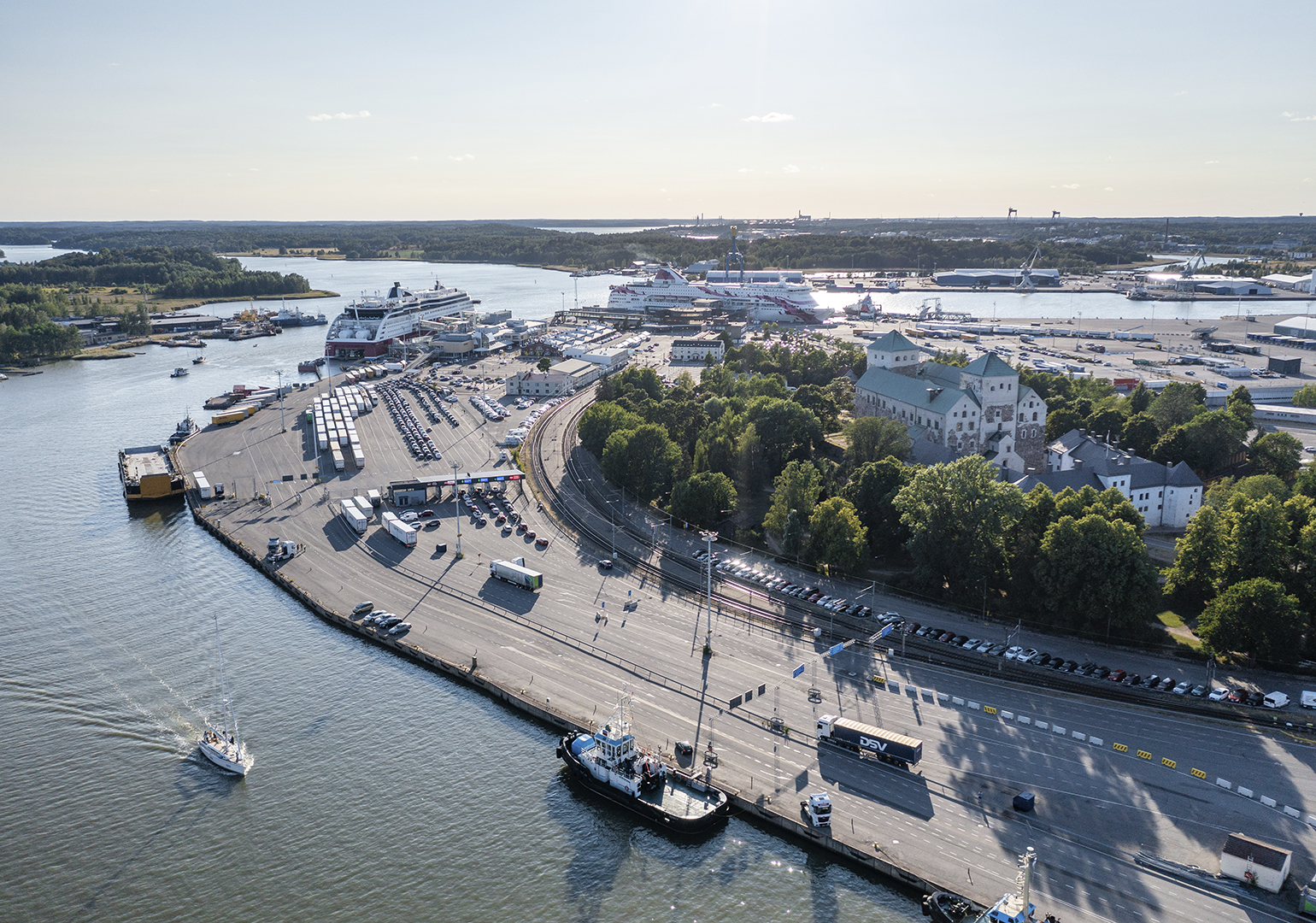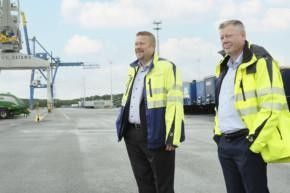Attraction of Poland
A study by the University of Turku shows that a ship service between Turku and Gdynia, Poland is of interest to both cargo customers and tourists.

The Port of Turku and the Port of Gdynia signed a letter of intent in October 2019 with the aim to open a ship connection between Turku and Gdynia.
Negotiations on starting the traffic have been conducted with different shipping companies. In addition, the University of Turku recently implemented a survey with interviews on the market potential of the route.
“According to the study, both cargo customers and tourists are quite interested in the connection. We received as many as 9,000 answers to the passenger survey, which is a clear indication of enthusiasm”, says Tapio Karvonen, Senior Researcher at the Brahea Centre, Centre for Maritime Studies in the University of Turku.
Price and schedules are decisive
The Turku–Gdynia route was particularly interesting to those cargo customers that operate transports on rubber wheels to and from Poland or further destinations in Central Europe.
“A competitive price was mentioned as a key requirement. In practice, companies estimate especially the total price comprising of sea and land transports.”
Other important factors include the frequency of departures and schedules.
“Cargo customers require that the ship should have at least two weekly departures in Turku and Gdynia. The most popular day of departure in Turku would be Tuesday, and another departure was hoped to take place later in the week.”
The sea voyage between the cities takes around 24 hours at its fastest, but the travel time in accordance with an optimal schedule is longer. Then the ship is not driven at full speed, but fuel is saved instead. The departures will be fitted in the evenings and arrivals in the mornings, as per the hopes of the cargo customers.

Gateway to Poland and beyond
The Polish economy and the transport volume between Poland and Finland have been growing for a long time. Gdynia is one of the biggest ports in the country, and its infrastructure has been developed vigorously. Gdynia offers good connections to the rest of Poland and further to the south and east.
It is difficult to estimate the development of the volume of the goods in the near future, though.
“Uncertainty is caused above all by the current economic conditions. A possible recession may lead to decreasing cargo volumes and reorganisation of transport routes at least in the short term.”
There is already a ship connection between Hanko and Gdynia. Germany and its neighbouring countries can be reached, for example, using the Helsinki–Travemünde connection or going from Tallinn along Via Baltica.
”The Turku–Gdynia route would serve Western and Central Finland in particular. On the other hand, the distance from the Helsinki metropolitan area to Turku is not significantly longer than the distance to Hanko.”
If not with cargo, then with a dog?
The profitability of the Turku–Gdynia route would above all be based on cargo transports which would be complemented by passenger services.
“The sea route would suit well, for example, people heading to Central Europe by car, and the price was also essential for them. On the other hand, it was hoped in the answers that passengers could also embark the ship without a vehicle.”
A specific group also emerged in the passenger study:
“Lots of people travel from Finland to Central Europe for dog shows. It was hoped in many answers that it would be possible to bring a dog to the ship.”
It appears that the Senior Researcher also likes to make trips by car to Central Europe.
“We will definitely take the ship from Turku to Gdynia at some point. But I don’t think we will buy a dog… not even if it were convenient to travel with one”, Mr. Karvonen chuckles.
Text: Matti Välimäki
Photos: Ilari Välimäki ja Jarmo Piironen

